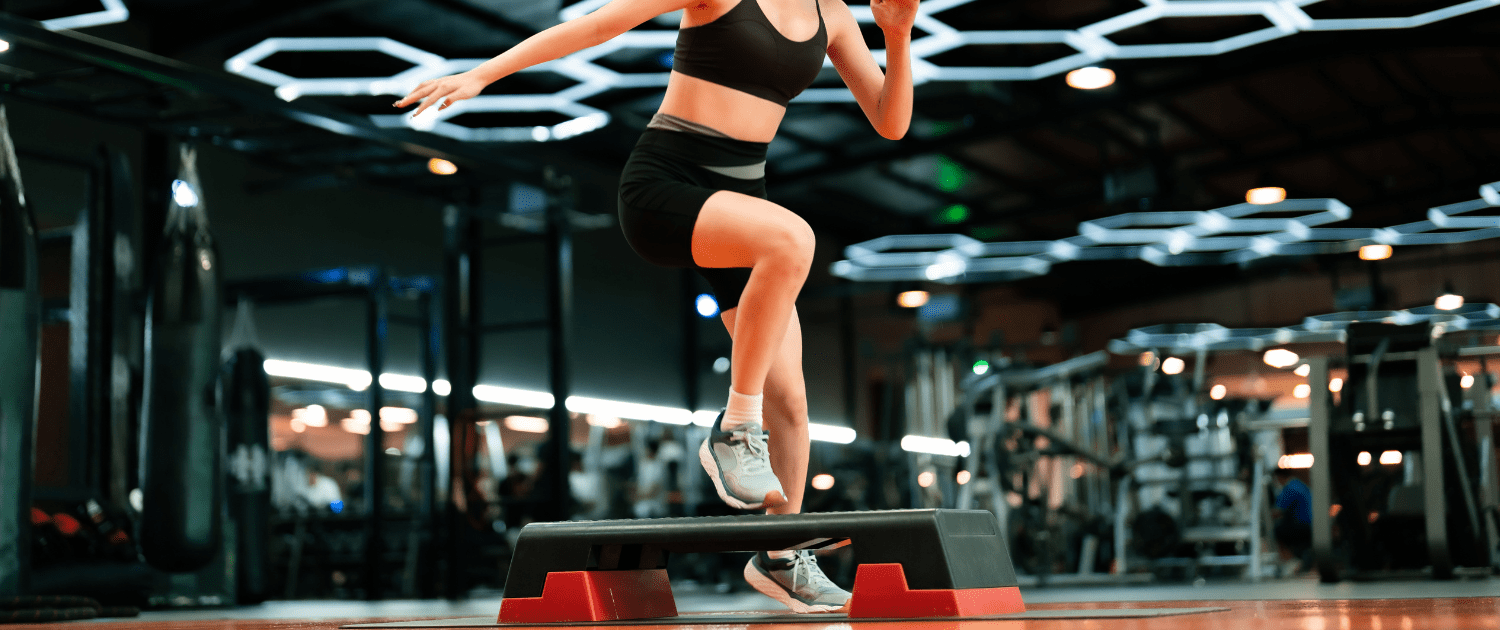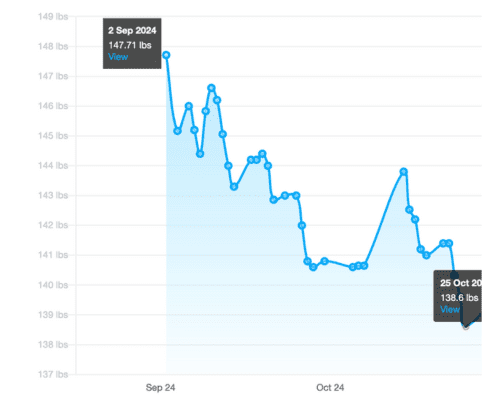HIIT vs. Steady Cardio: What’s Best for Fat Loss and Fitness?
Jan 23/2025, by Michael Fouts
Read time: 6-8 minutes
When it comes to cardio, there’s always a debate: Is high-intensity interval training (HIIT) better than steady-state cardio for fat loss and fitness? While both have their advocates, the real answer lies in your goals, preferences, and fitness level. Let’s break down the science behind HIIT and steady cardio, explore their benefits, and discuss how to incorporate them into your routine effectively.
What Is HIIT and How Does It Work?
High-intensity interval training (HIIT) involves alternating between short bursts of intense effort—where your heart rate reaches 80–90% of its maximum—and recovery periods. Examples of HIIT include sprints, cycling intervals, or circuit training. Sprint Interval Training (SIT), a specific form of HIIT, takes intensity to the next level, pushing beyond VO2max, or your maximum aerobic capacity.
HIIT’s structure makes it appealing for those with limited time, as workouts can range from 15 to 30 minutes, including rest periods. For instance, a HIIT session might involve:
- 4 to 6 rounds of 30-second sprints with 4 minutes of recovery in between.
- 8 to 10 rounds of 1-minute hard effort followed by 1-minute recovery.
What Is Steady-State Cardio?
Steady-state cardio, also known as moderate-intensity continuous training (MICT), involves sustained, consistent effort at a moderate pace. Activities like jogging, swimming, or cycling fall into this category, where your heart rate stays within 50–70% of its maximum. Sessions are typically longer, lasting 30–60 minutes, and are ideal for endurance building and calorie burning over time.
The Science: HIIT vs. Steady Cardio for Fat Loss?
Research comparing HIIT and steady-state cardio shows that both methods are effective for fat loss—but with no significant difference in results when calorie expenditure is matched. For example, a meta-analysis found:
Fat loss from HIIT ranged between 0.2–0.4 kilograms.
Fat loss from steady-state cardio ranged between 0.1–0.3 kilograms.
However, HIIT may have a slight edge when it comes to reducing abdominal fat due to its hormonal effects. That said, fat loss ultimately comes down to energy balance—burning more calories than you consume.
Beyond Fat Loss: Fitness and Health Benefits
Both HIIT and steady-state cardio improve VO2max, a key marker of cardiovascular fitness. Longer intervals during HIIT (e.g., 2 minutes or more) tend to be more effective for increasing VO2max. Additionally, both forms of cardio contribute to health benefits, such as reduced risk of chronic disease and improved metabolic function.
However, HIIT offers unique advantages, including:
- Time efficiency: Perfect for busy schedules.
- Increased calorie burn post-exercise due to excess post-exercise oxygen consumption (EPOC).
- Greater variety, which can keep workouts exciting.
Steady-state cardio, on the other hand, provides:
- Lower perceived effort, making it easier for beginners to stick with.
- A steadier recovery demand, ideal for those balancing strength training or in a calorie deficit.
Practical Considerations: Which Is Right for You?
Choosing between HIIT and steady cardio depends on your fitness level, goals, and lifestyle:
- For Beginners: Start with steady-state cardio. It’s less intimidating and allows you to build a fitness foundation before adding high-intensity efforts.
- For Time-Crunched Individuals: HIIT offers maximum results in minimal time.
- For Recovery-Conscious Individuals: Steady-state cardio may be better if you’re also lifting weights or training intensely.
- For Variety Seekers: Combine both methods for a well-rounded approach.
Sample Workouts to Try
HIIT Workouts:
- Beginner-Friendly HIIT: 4 rounds of 30-second intervals at ~80% max effort, followed by 90 seconds of light jogging or walking.
- Intermediate HIIT: 8 rounds of 1-minute hard effort (e.g., cycling, running) with 1-minute recovery.
- Advanced SIT: 6 rounds of 30-second all-out sprints, with 3 minutes of walking or light jogging in between.
Steady-State Cardio Workouts:
- Walking/Jogging: 40 minutes at a comfortable, steady pace.
- Cycling: 45 minutes on flat terrain or a stationary bike at 60–70% of your max heart rate.
- Swimming: 30 minutes of continuous laps at a moderate pace.
Key Takeaways
- Fat Loss: Both HIIT and steady cardio can reduce fat, but neither is a magic bullet. Total calorie burn matters most.
- Fitness Improvements: Both methods improve cardiovascular health, with HIIT being slightly more time-efficient.
- Adherence Is Key: The best workout is the one you’ll stick with. If HIIT feels too intense, start with steady cardio. If steady cardio bores you, spice it up with intervals.
Whether you choose HIIT, steady cardio, or a mix of both, consistency and balance are crucial. Remember to listen to your body, progress gradually, and align your training with your goals. Looking for a program tailored to your needs? Reach out, and let’s create a plan that works for you!
Thanks for reading. Here’s a few additional ways that we may be able to help you:
Free
- Fat Loss Lasting Success: Nutrition & Exercise Guide
- Muscle Mastery: Nutrition and Weight Training Guide
Paid






